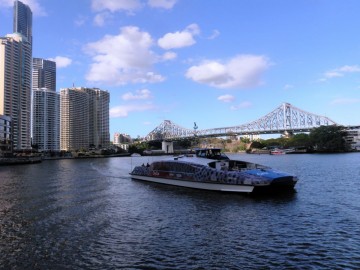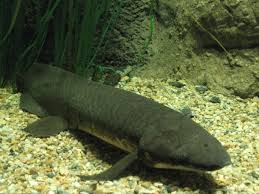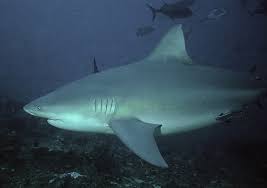I am spending a good part of my sabbatical year in Brisbane, Australia – capital of Queensland. One thing that I am doing here is fleshing out the outline of a book on notable rivers of North America (a kinda’ mix of biology, geography, and societal aspects of our relationships with rivers). Naturally, then, I was attracted to the predominant physical feature of Brisbane – the Brisbane River (BR).

City cat (upstream of the Goodwill Bridge)
Before discussing what is cool about the BR, a little historical context. Australia is a continent that has been isolated from all others for almost 100 million years! Its isolation has resulted in a remarkable level of endemism – the occurrence of plants and animals in Australia that are found nowhere else on Earth. For instance, owing its isolation, Australia has a relatively small number of freshwater fishes (about 280), but over 40% of them are endemic. By contrast, fewer than 2% of Canada’s approximately 213 freshwater fishes are endemic. Over 84% of Australian mammals are endemics.
In terms of rivers, Australia is the driest continent on Earth. It has virtually no rivers draining the huge interior despite its huge size; all the major rivers drain coastal areas, mostly in the southeast and central eastern region. The BR is one of those rivers, but is still quite small by Canadian standards. The BR is only 344 km long (i.e., 25% of the length of the Fraser River), but dominates Brisbane as it cuts right through the suburbs and runs along the central business district. What is so amazing about the BR to this visitor is that it is very much a part of people’s daily lives. First, it provides the major source of Brisbane’s water supply – no small contribution for a city of 2.2 million people on the world’s driest continent. Second, the river coils like a snake right through the city – there is no escaping it, sometimes to detrimental effect such as during the big floods of 1974 and 2011- and the BR helps to define neighbourhoods and districts. An amazing public transit system includes 16 “city cats”, cataraman-like vessels that whisk people from one bank of the river to another at multiple points along the river. A “bus” trip and city water tour all in one for less than 3 AUD per trip!
The BR’s connection to the city and area has, sadly, resulted in much historical degradation of the river from damming, pollutants, agricultural run-off, and dredging such that the river is quite murky (historical accounts describe seeing the river’s bottom at 6 m depths) – quite like the lower Fraser River in BC. On the brighter side, the same centrality of the BR’s to city life may be its ultimate saviour – there is heightened environmental awareness and there is a program in place to improve water quality.
A discussion of the BR is not complete without mention of three of its most famous inhabitants: the Queensland (or Australian) Lungfish (Neoceratodus fosteri), the Brisbane River “Cod” (Maccullochella sp.), and the Bull Shark (Carcharhinus leucas) – yes, that is correct – sharks!

Australian Lungfish
The Australia Lungfish is endemic to Queensland and is a descendant of one of the earliest lineages of vertebrates – a lineage that is at least 400 million years old – and are noted for their ability to breath air as well as respire using gills.
The Brisbane River Cod is not a true cod (such as the Atlantic cod of Canada’s east coast), but that is another (taxonomic) story! In fact, the Brisbane River Cod looks much more like a perch, but this fish, once endemic to the BR, is now extinct owing to overfishing and habitat degradation.

Bull Shark
The Bull Shark is the only species of shark that regularly enters freshwater throughout its range and is thought to be the shark most commonly responsible for attacks on humans. Apparently, there is an “abundant” population of at least 500 adult-aged Bull Sharks in the BR and there have been four recorded deaths in the Brisbane River from Bull Shark attacks (the last in the 1920s) and many more sub-lethal attacks. Swimming in the river in the area of Brisbane, and well upstream, is NOT recommended owing to the possibility of a shark attack and needless to say, and despite my love of swimming and the Brisbane heat, I shall be heeding this warning! Fortunately, there are many alternatives for swimming in Brisbane including the fantastic Southbank man-made beach/pool complex right across the river from downtown.
All in all, the BR is a fascinating contrast to the rivers that I frequent in Canada. It is a vital aspect of the working of the city and houses some amazing biodiversity that locals are actively trying to protect.
